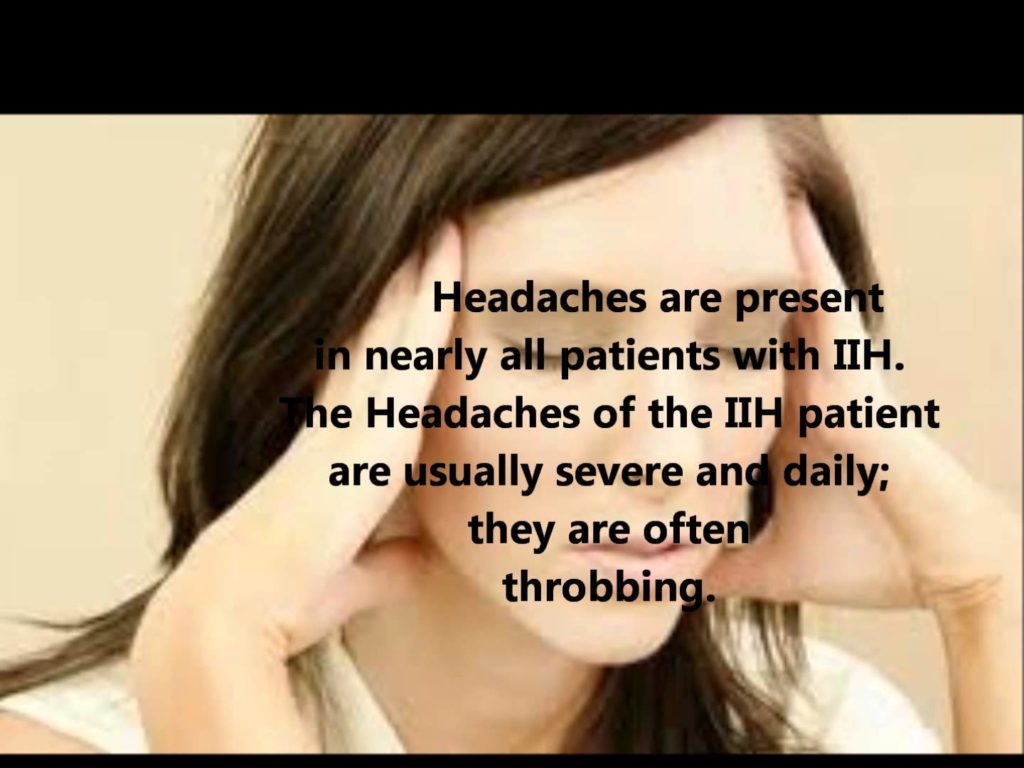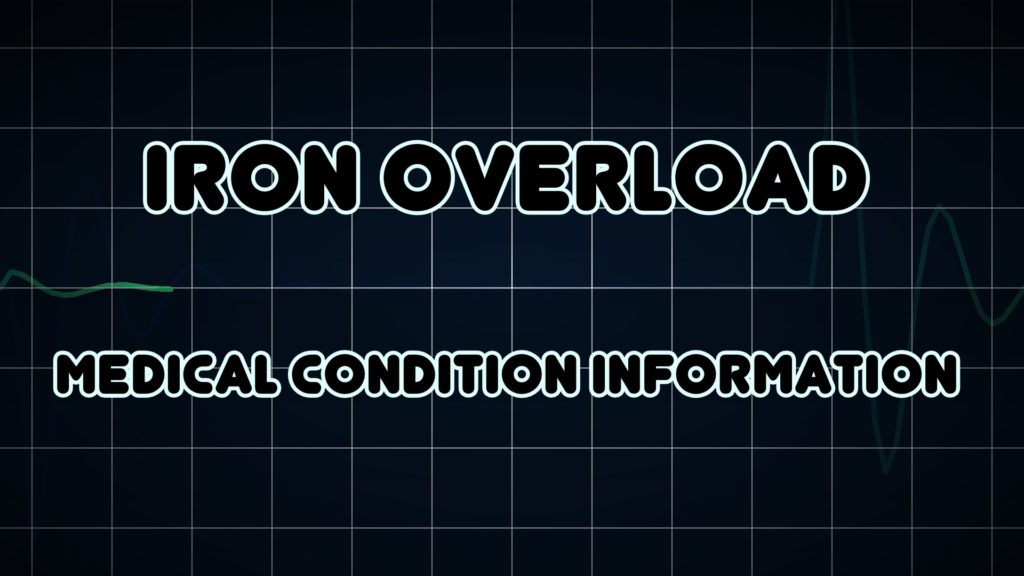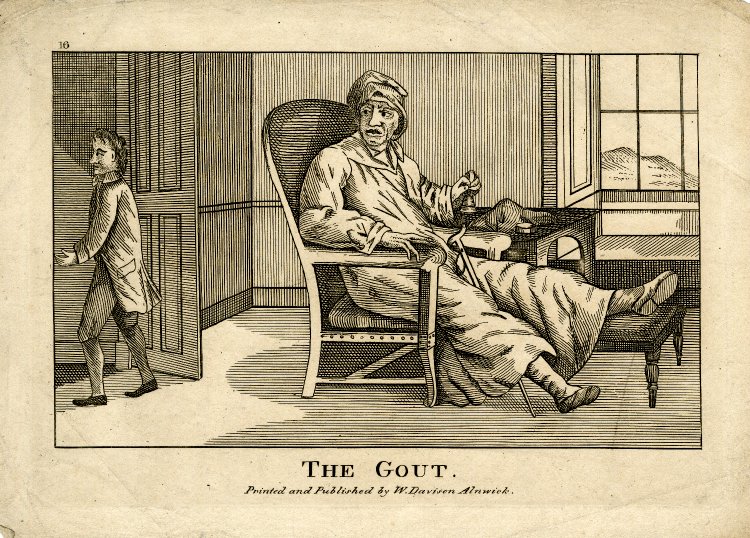Keratosis pilaris is a common and harmless condition where the skin becomes rough and bumpy, as if covered in permanent goose pimples.
There’s no cure for keratosis pilaris, but you may be able to improve the rash by using soap-free cleansers, moisturising, and gently removing dead skin cells from the surface of the skin (exfoliating).
There’s no real need to see your GP unless the condition is causing you concern. It usually improves as you get older and sometimes disappears completely in adulthood.
This page provides more information on keratosis pilaris and explains what you can do if you have the condition.
Where keratosis pilaris occurs
Keratosis pilaris most commonly affects the back of the upper arms, and sometimes the buttocks and the front of the thighs. Less often, the forearms and upper back may be affected.
There are also rare variants of keratosis pilaris that can affect the eyebrows, face and scalp, or the entire body.
How it affects the skin
The patches of affected skin will be covered in tiny spiky bumps, which may be white, red or skin-coloured. This spotting looks like “chicken skin” or permanent goose pimples, and the skin feels rough, like sandpaper.
In some people, the skin itches and there may be inflammation and pinkness around the bumps.
Keratosis pilaris can’t be spread from person to person (contagious).
The skin tends to improve in summer and get worse during winter months or dry conditions.
Who’s affected
Keratosis pilaris is very common, affecting up to one in three people in the UK.
It can affect people of all ages, but it’s particularly common in:
children and adolescents
females
people with eczema or a condition called ichthyosis
people of Celtic origin
The condition typically starts during childhood, although it can sometimes occur in babies, and gets worse in adolescence, around puberty.
Keratosis pilaris sometimes improves after puberty, and may even disappear in adulthood, although many adults still have the condition in their 40s and 50s. It’s uncommon in elderly people.
What causes keratosis pilaris?
Keratosis pilaris runs in families and is inherited from your parents. If one parent has the condition, there’s a one in two chance that any children they have will also inherit it.
Keratosis pilaris occurs when too much keratin builds up in the skin’s hair follicles. Keratin is a protein found in the tough outer layer of skin, which causes the surface of the skin to thicken, hence the name “keratosis”.
The excess keratin blocks the hair follicles with plugs of hard, rough skin. The tiny plugs widen the pores, giving the skin a spotty appearance.
It’s often associated with other dry skin conditions, such as eczema and ichthyosis, which make the rash worse.
Treating keratosis pilaris
There’s little that can be done to treat keratosis pilaris, and it often gets better on its own without treatment.
However, if it’s bothering you, the following measures may help improve your rash:
use non-soap cleansers rather than soap – ordinary soap may dry your skin out and make the condition worse
moisturise your skin when it’s dry – your GP or pharmacist can recommend a suitable cream, although moisturisers and emollients only reduce the dryness of your skin and won’t cure the rash; creams containing salicylic acid, lactic acid or urea are thought to be the most effective
gently rub the skin with an exfoliating foam pad or pumice stone to exfoliate the rough skin – be careful not to scrub too hard and rub off layers of skin
take lukewarm showers rather than hot baths
You can also ask your GP about “off-label” treatments that may help. These are products that haven’t been officially approved and licensed for treating keratosis pilaris, but are sometimes used because they’ve helped people in the past.
Examples include:
creams containing retinol, which is derived from vitamin A
chemical peels
microdermabrasion – a cosmetic exfoliation treatment that is sometimes offered in health spas
There’s no strong evidence to suggest that these therapies are effective treatments for keratosis pilaris. You may also have to pay for some of them privately.




